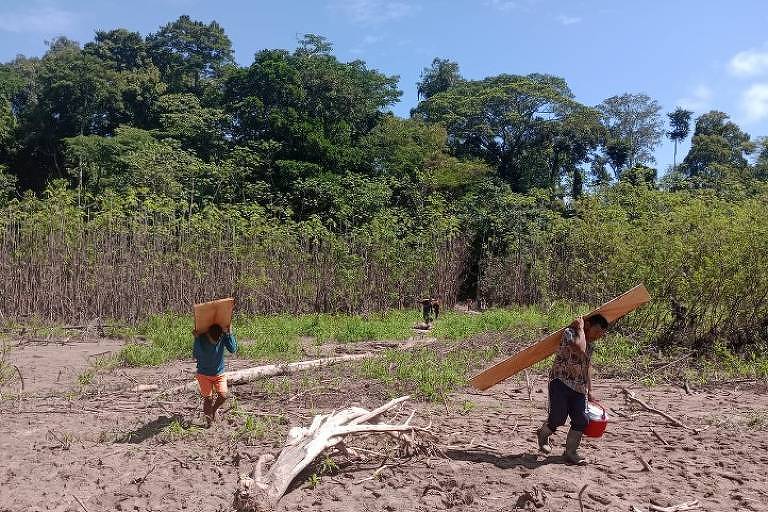Brazil is facing the worst drought on record since the beginning of the current historical series in 1950. According to an index that measures the amount of rainfall and plant evapotranspiration, the current situation surpasses the droughts of 1998 and 2015/2016.
This is according to data released on Wednesday (4) by Cemaden (National Center for Monitoring and Early Warning of Natural Disasters). The drought problem this year extends over 5 million square kilometers—58% of the national territory and 500,000 more than in 2015.
As Cemaden's data goes back to 1950, it does not include some of Brazil’s major historical droughts, such as the one in the late 1870s, which caused hundreds of thousands of deaths. Although the 2024 data only covers up to April, the low rainfall levels and vegetation stress—a risk factor for wildfires—indicate that Brazil is on a path to increasingly dry years, according to the institute.
The index used by Cemaden is the Standardized Precipitation-Evapotranspiration Index (SPEI), calculated from the amount of rainfall and the water released through plant evaporation and transpiration. Between 0 and -1, according to researcher Ana Paula Cunha, a Cemaden drought specialist, the situation is considered below average. Below -1, the index represents a more intense drought level.
Thus, the country has been in this situation since October 2023 and reached -1.94, the worst indicator in the historical series, in March of this year. She also states that the post-April 2024 data will likely continue to show declines, as this corresponds to the beginning of the dry season.
